LOS ANGELES, CA / ACCESS Newswire / July 16, 2025 / 8mm film converters are devices used to transfer old 8mm film footage into modern digital formats. They serve a crucial role in preserving and sharing memories recorded on film, which otherwise might be difficult to view or deteriorate over time. These converters typically handle film reels by scanning them frame-by-frame to create a digital video file.
The process of converting 8mm film can be done through various devices, ranging from simple projectors with capture capabilities to specialized film scanners. Some converters are designed for home users looking to digitize their family films, while others cater to professionals requiring detailed image quality and color accuracy.
When choosing an 8mm film converter, it's important to consider factors such as resolution capability, ease of use, compatibility with different film types, and whether it supports soundtracks. The quality of the digital output and the level of manual control available can also significantly affect the results. I spent time reviewing several options to find the most effective 8mm film converters that balance quality and usability.
Best 8mm Film Converters
I have reviewed a range of 8mm film converters to help you find reliable options for digitizing your vintage footage. The following list includes models that balance quality, ease of use, and value. This will help you preserve your films with minimal hassle.
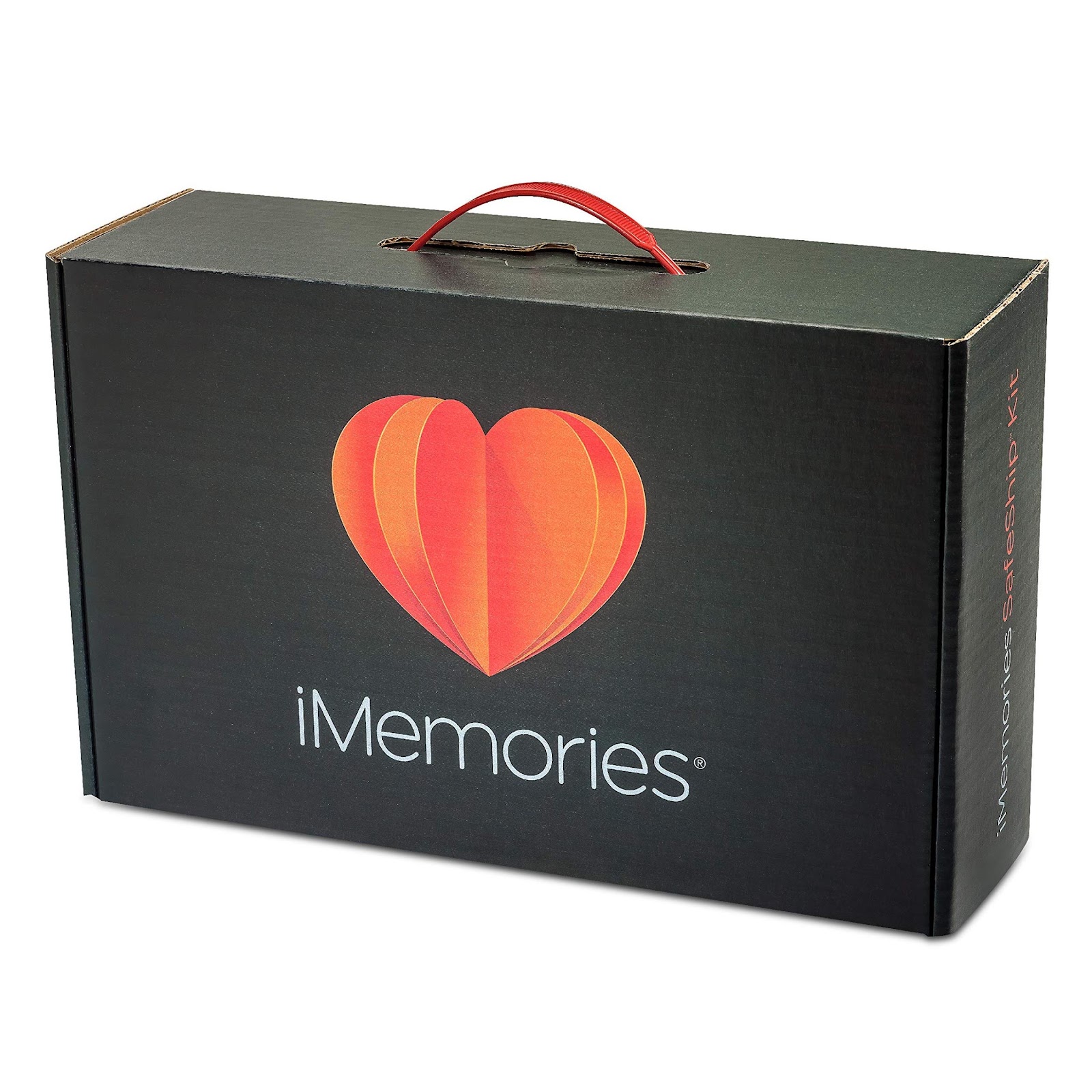
This kit is a solid choice if you want a secure, straightforward way to digitize old film and tapes with decent quality and convenient app access.
Pros
Very sturdy, crush-proof shipping box protects your films well
AI enhancement improves old footage clarity noticeably
Easy streaming through the dedicated app on multiple devices
Cons
Conversion quality can be inconsistent at times
Cost is higher compared to DIY options
Limited control over the transfer process
I sent in several reels and tapes through the SafeShip Kit and felt confident they'd arrive intact thanks to the tough packaging. The insured FedEx label made the whole shipping step simple and worry-free.
The AI enhancement was a nice touch; older films had better color and sharpness than I expected. It's clear iMemories invests in technology to clean up your footage, though it's not perfect every time.
Using their app to watch and share digitally converted movies was easy and convenient. Still, the price made me think carefully before sending a large collection. This service suits those who want a hands-off but reliable way to preserve memories digitally.
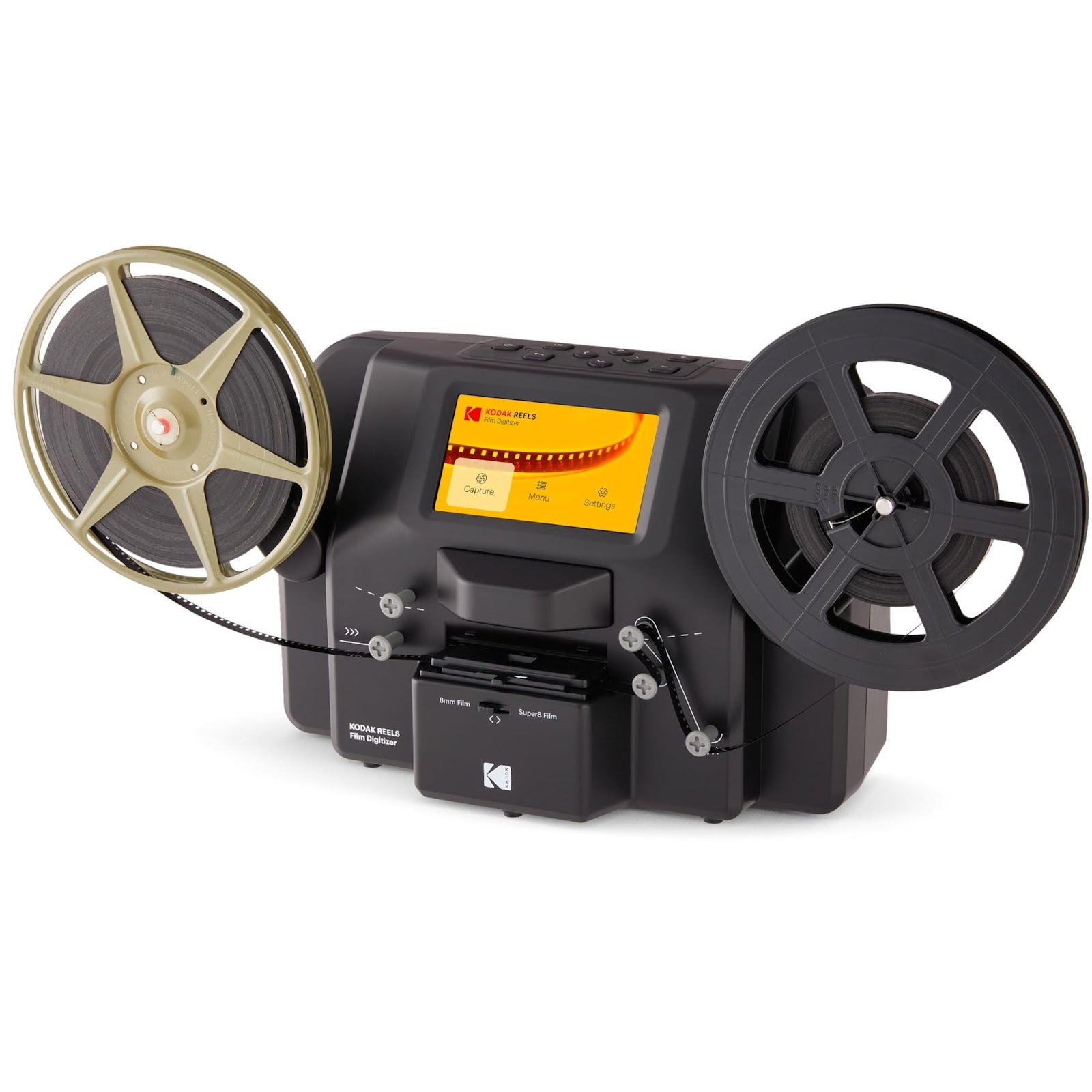
This Kodak digitizer is a solid choice if you want clear digital copies of your 8mm films without complicating the process with computers or software.
Pros
Converts film frame-by-frame for sharp, high-definition results
Large, easy-to-use 5" touchscreen makes operation intuitive
Portable size with all necessary accessories included
Cons
Conversion is slow, roughly 10x the original run time
Does not capture sound from the films
Requires an SD card, which is not included
Using the Kodak Reels Digitizer, I was able to preserve several old family reels with minimal fuss. The step-by-step on-screen prompts helped me avoid guesswork. The touchscreen simplified setting adjustments like exposure and tint, which felt handy when tackling different film conditions.
It took some patience because the scanning runs slow - plan on about 30 minutes for a short reel. Still, the image quality impressed me; colors and detail came through well, making it worth the time. Just be aware you won't get any audio from the film itself.
For portability, the compact design fits easily on a shelf or pack for travel. I liked that it includes adapters for various reel sizes, so I had no trouble feeding films correctly. Overall, this digitizer provides straightforward film-to-digital conversion with reliable results for home use.
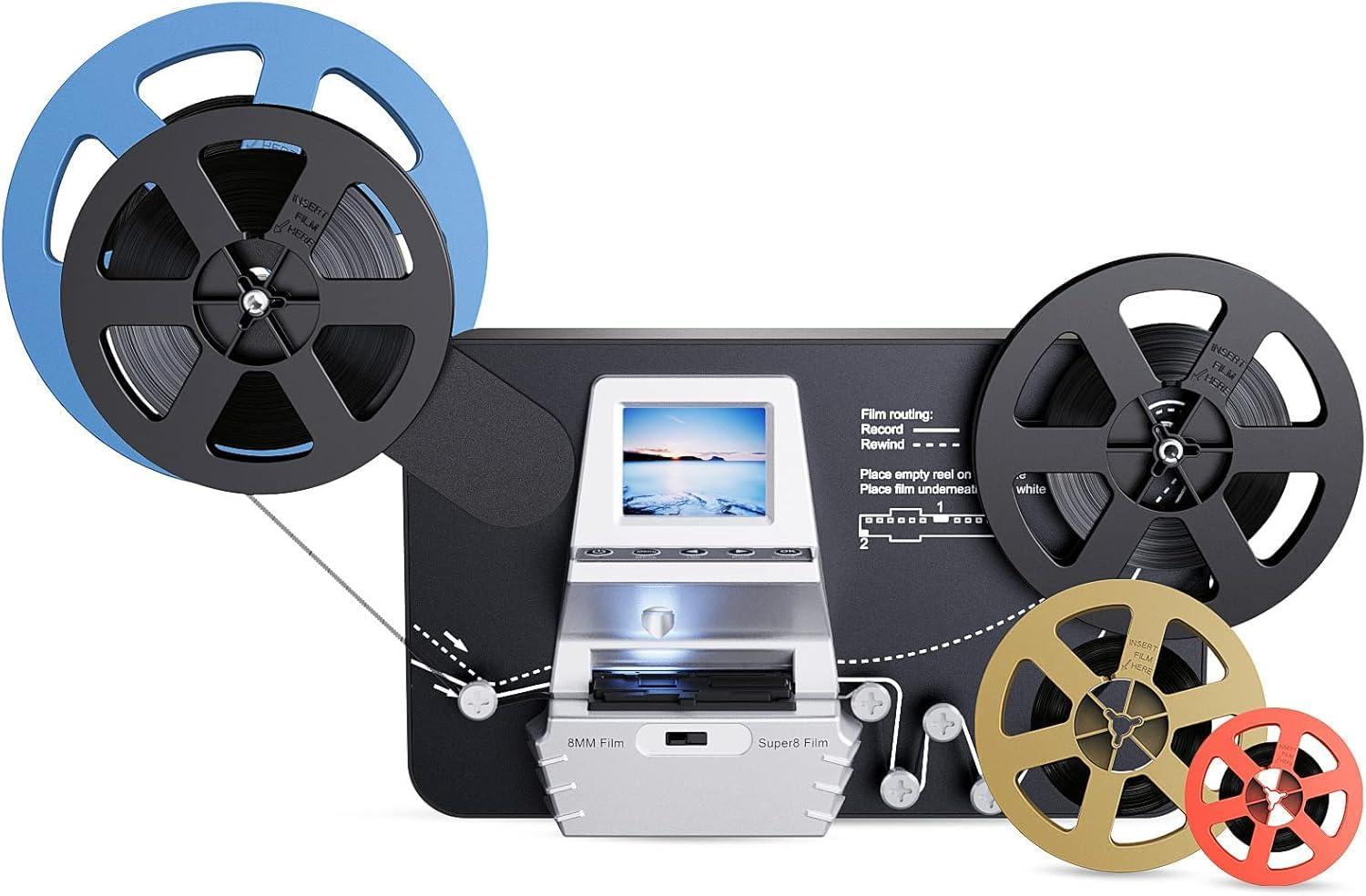
This converter is a decent option if you want a simple way to digitize 8mm and Super 8 reels without using a computer, but it has some reliability issues.
Pros
Fully automated scanning with no software needed
Saves directly to included SD card
Decent image quality at 1080p resolution
Cons
Film transport can be unreliable, causing frame skips
Small built-in screen can be difficult to see clearly
Limited to reels up to 9 inches with adapters
I appreciated not having to connect this device to my computer to convert old family films. Loading the reels felt straightforward at first, and it automatically saves video files in a usable MP4 format onto the SD card. The exposure and color reproduction were acceptable for casual viewing.
The main frustration came from the film advance mechanism. At times, it failed to properly engage, which caused repeated or misaligned frames. This made processing short films tricky, and you have to be patient to get steady results. The 2.4-inch screen on the unit itself is handy for quick checks but not detailed enough for thorough editing.
If your reels fit the size requirements, this device covers the basics with minimal fuss. Just expect some trial and error if your film is spliced or worn. Overall, the eyesen scanner works well enough as a budget-friendly digitizer but don't expect flawless performance.
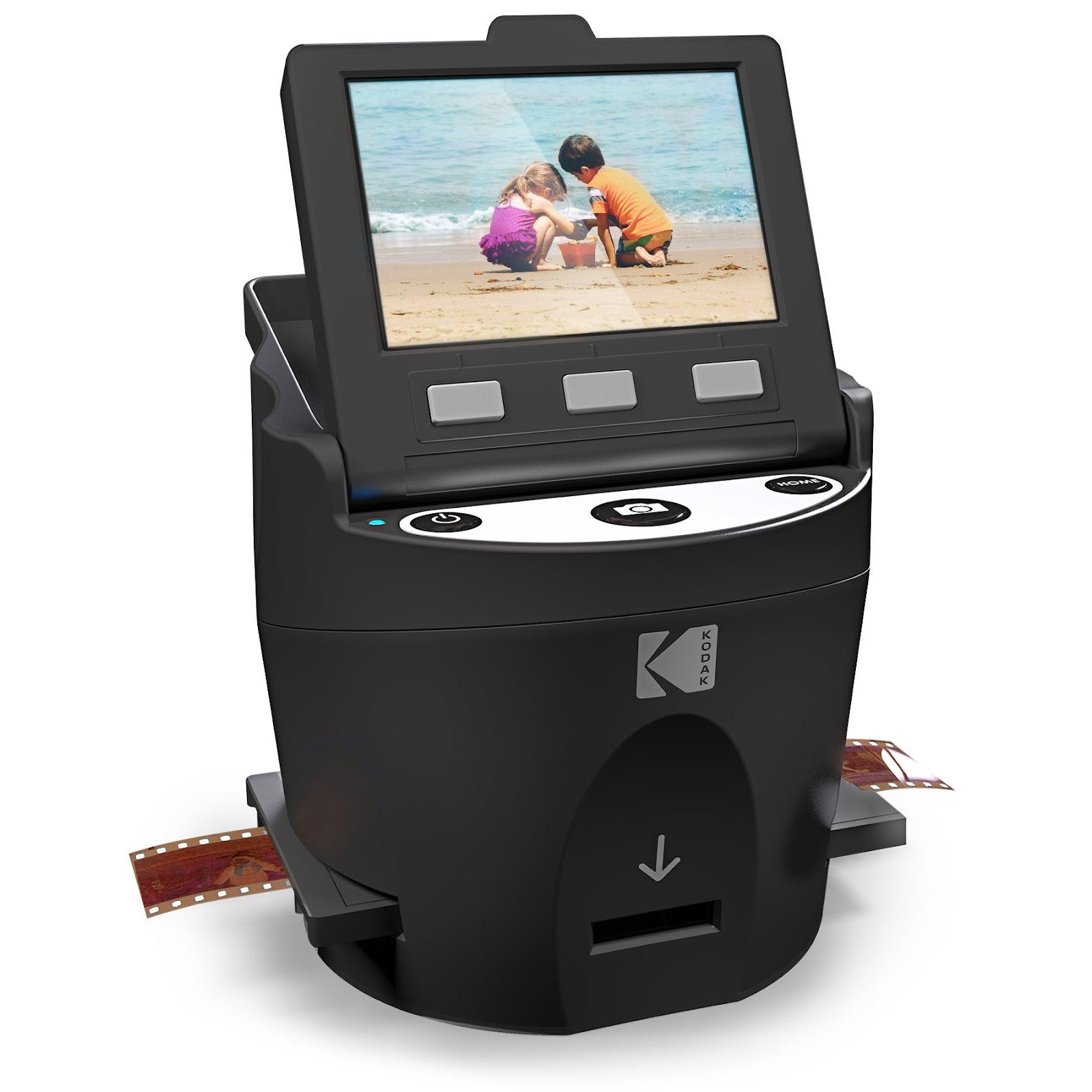
I found this Kodak Scanza useful for quickly digitizing old negatives and slides when I didn't need top-tier resolution but wanted ease of use.
Pros
Fast scanning with easy-to-load inserts
Bright, adjustable 3.5" LCD screen for previewing images
Supports multiple film types including 8mm and Super 8
Cons
Image quality is good but not professional-grade
Only scans developed film, no video capture for Super 8
Auto shutoff after 10 minutes can interrupt workflow
Setting up the Scanza was straightforward, and its large LCD made navigating menus simple. I liked not having to connect it to a PC during scanning, which made the process feel more direct.
The scan speed impressed me. Each frame was captured within seconds, ideal for a batch of old family slides or film negatives. However, the image quality was decent but noticeably lower than dedicated flatbed scanners or higher-end digitizers I've used before.
One limitation that caught my attention was it only grabs still images from the film, not video, so Super 8 films don't come out as moving footage. For me, it was a practical tool to preserve memories quickly, while understanding the compromise on resolution.
5.Magnasonic FS81 Film Scanner
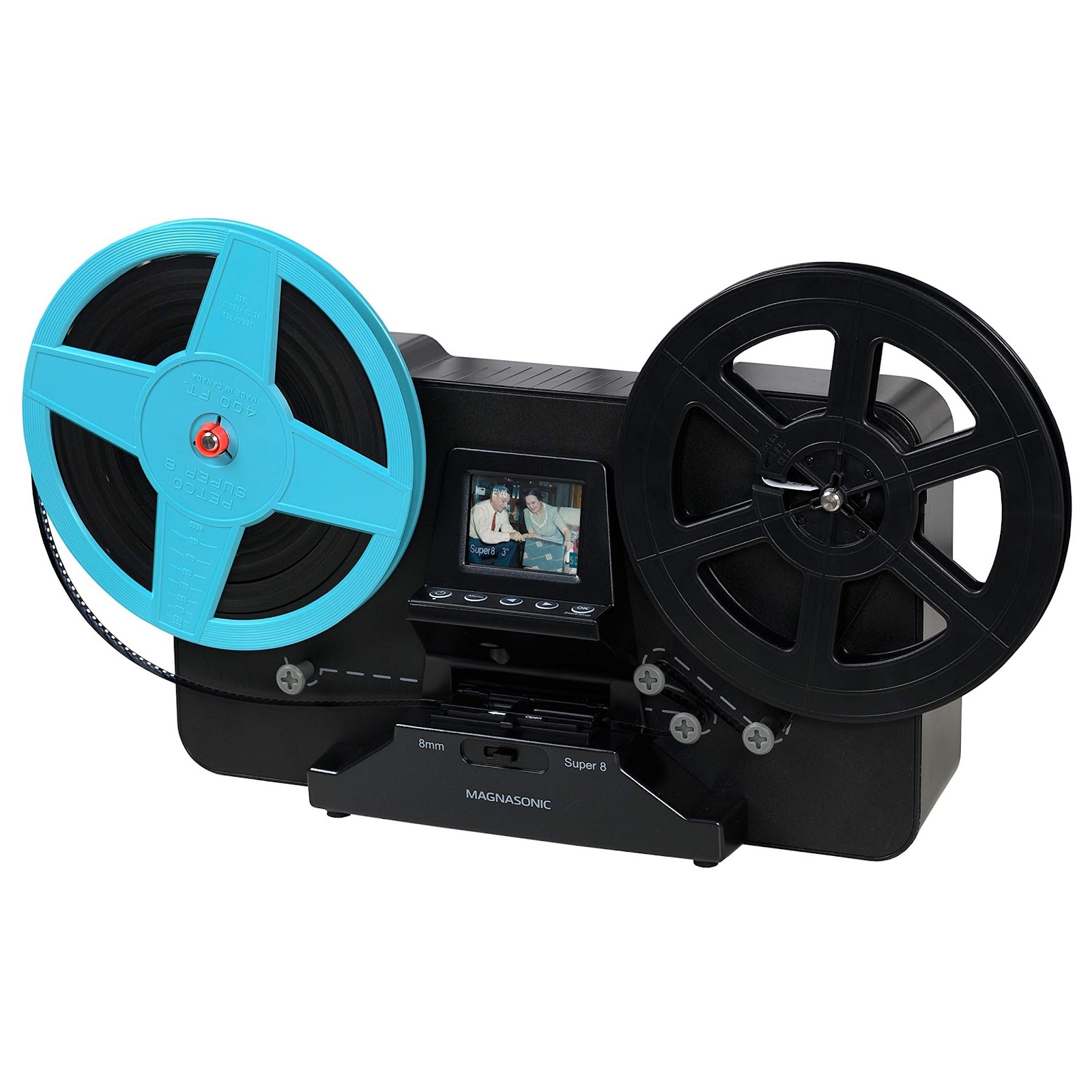
This scanner is a solid choice for those wanting an easy, no-computer way to digitize their 8mm films despite some durability concerns.
Pros
Simple setup and operation right out of the box
Converts multiple reel sizes without hassle
Built-in screen lets you preview scans immediately
Cons
Film feed can be finicky with older or fragile reels
No sound capture, video only
Some units may develop mechanical issues over time
Using the Magnasonic FS81 felt straightforward. I liked how it handled 3", 5", and 7" reels without extra adapters. The LCD screen is handy when you want instant feedback on your scans before transferring files.
Adjusting brightness and framing directly on the device saved me time compared to software edits later. It worked well enough right after setup, but I noticed the film could jam if the reels had any tear or wear on the sprockets. Patience and careful threading were necessary.
The scanner doesn't capture audio, which is a drawback if you want full footage. Also, a few reviews mention some units failing after moderate use, so quality control might be inconsistent. Despite that, it's a practical pick if you prefer a plug-and-play digital transfer.
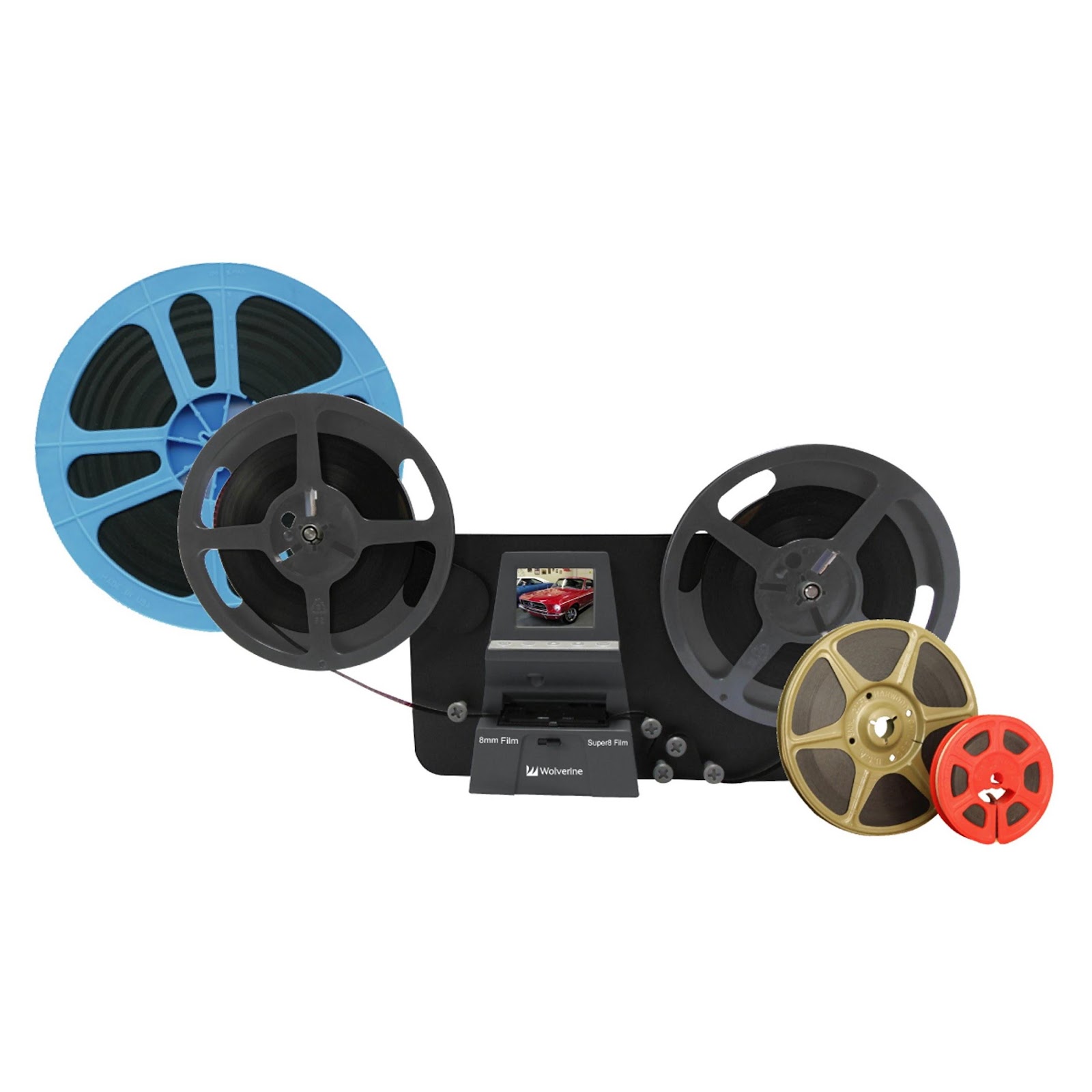
This unit is a solid choice for converting 8mm and Super 8 films to digital without needing a computer.
Pros
Fully automated with frame-by-frame scanning
No software or drivers needed; saves straight to SD card
Outputs clear 1080p MP4 files compatible with most systems
Cons
Doesn't support sound or 16mm film formats
Maximum SD card size is limited to 32GB
Occasional mechanical noises reported after heavy use
I found the Wolverine MovieMaker Pro straightforward to operate. Sliding the film reels in and letting it run made the digitizing process hassle-free. It's comforting knowing I didn't have to mess with software or computer setups.
The picture quality was consistently sharp at 1080p, which brought old family films back to life. Still, the lack of sound transfer was noticeable if you wanted the original audio.
After working through several reels, the machine stayed relatively quiet but did produce a slight knocking sound on one occasion. Overall, this is a dependable choice if you want to preserve your 8mm and Super 8 films with minimal fuss.
7.Eyesen MovieMaker 8mm Film Converter
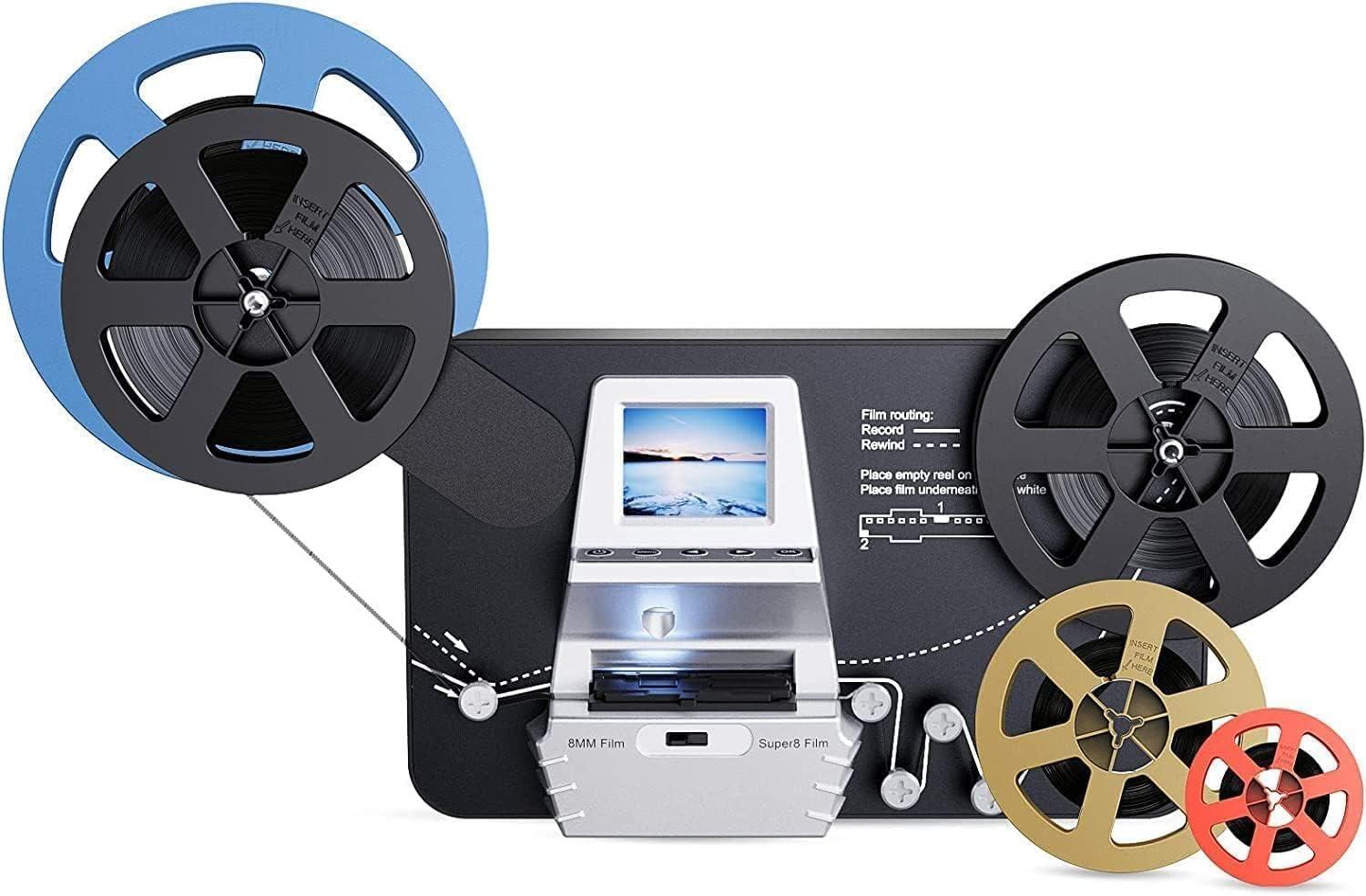
This converter works well for straightforward 8mm transfers but requires patience due to occasional film jams and manual handling.
Pros
Fully automated scanning without a computer
Saves directly to SD card for easy file access
Compact design with built-in LCD screen
Cons
Film often sticks or needs careful threading
Transfer speed is slow, around 20 fps
Requires adapters for larger reels and careful setup
Using the Eyesen MovieMaker, I appreciated that it doesn't need a PC and stores videos directly on the SD card. This made the process simpler than some converters that require extra software or cables.
Handling the film took some getting used to. The threading mechanism needs precise alignment, or the film jams or skips. Watching the transfer closely is necessary to avoid errors, especially with older, fragile reels.
The image quality is decent at 1080p, but transferring takes time. Frame-by-frame scanning ensures a stable video but sacrifices speed. Overall, it's worth it if you want a budget-friendly option and are willing to invest some care in the setup.
Buying Guide
When I shop for an 8mm film converter, I focus on a few key features to ensure I get the right device for my needs. First, I look at compatibility to make sure the converter works with the type of 8mm film I own, whether standard or Super 8.
Next, I consider the output format. Some converters produce digital files, while others output directly to DVD or USB. I prefer one that fits smoothly into my existing workflow and editing software.
Resolution is important for image quality. I usually select a converter that offers at least 1080p HD scanning. Higher resolutions give better detail, but storage needs increase as well.
Another factor is ease of use. I value a converter with straightforward controls, clear instructions, and minimal setup time. If it requires complex equipment or skills, I tend to avoid it.
Cost matters, but I balance price against features and build quality. Sometimes spending more upfront saves trouble later with reliability and durability.
Feature |
What I Check For |
Film Compatibility |
Supports 8mm and Super 8 film types |
Output Format |
Digital files (MP4, AVI), USB, or DVD |
Resolution |
Minimum 1080p for clear images |
Usability |
Simple controls, easy setup |
Price |
Reasonable cost for the feature set |
I also read user reviews and watch demo videos when available to see potential pros and cons before buying.
SOURCE: Consumer Champion
View the original press release on ACCESS Newswire
